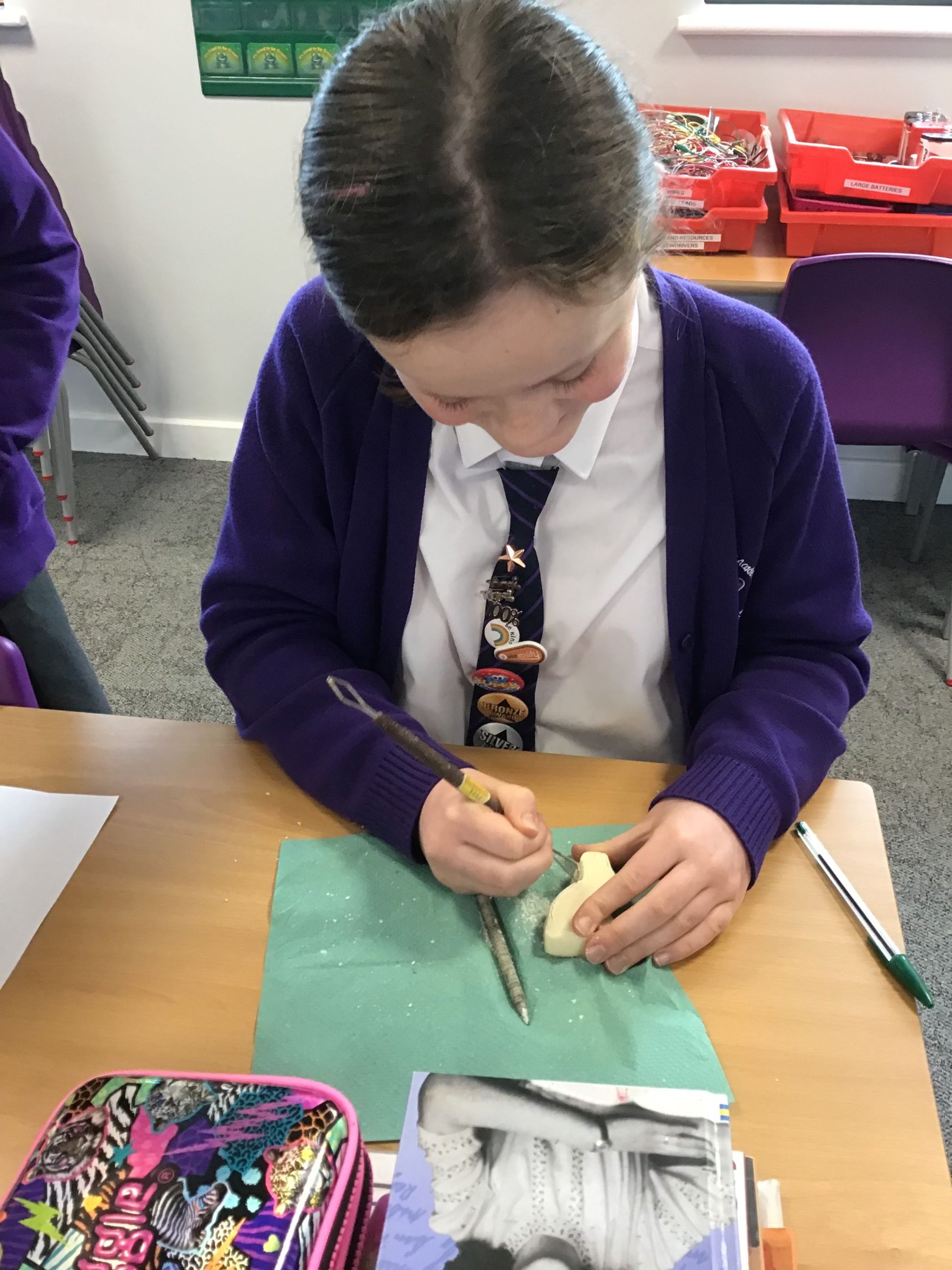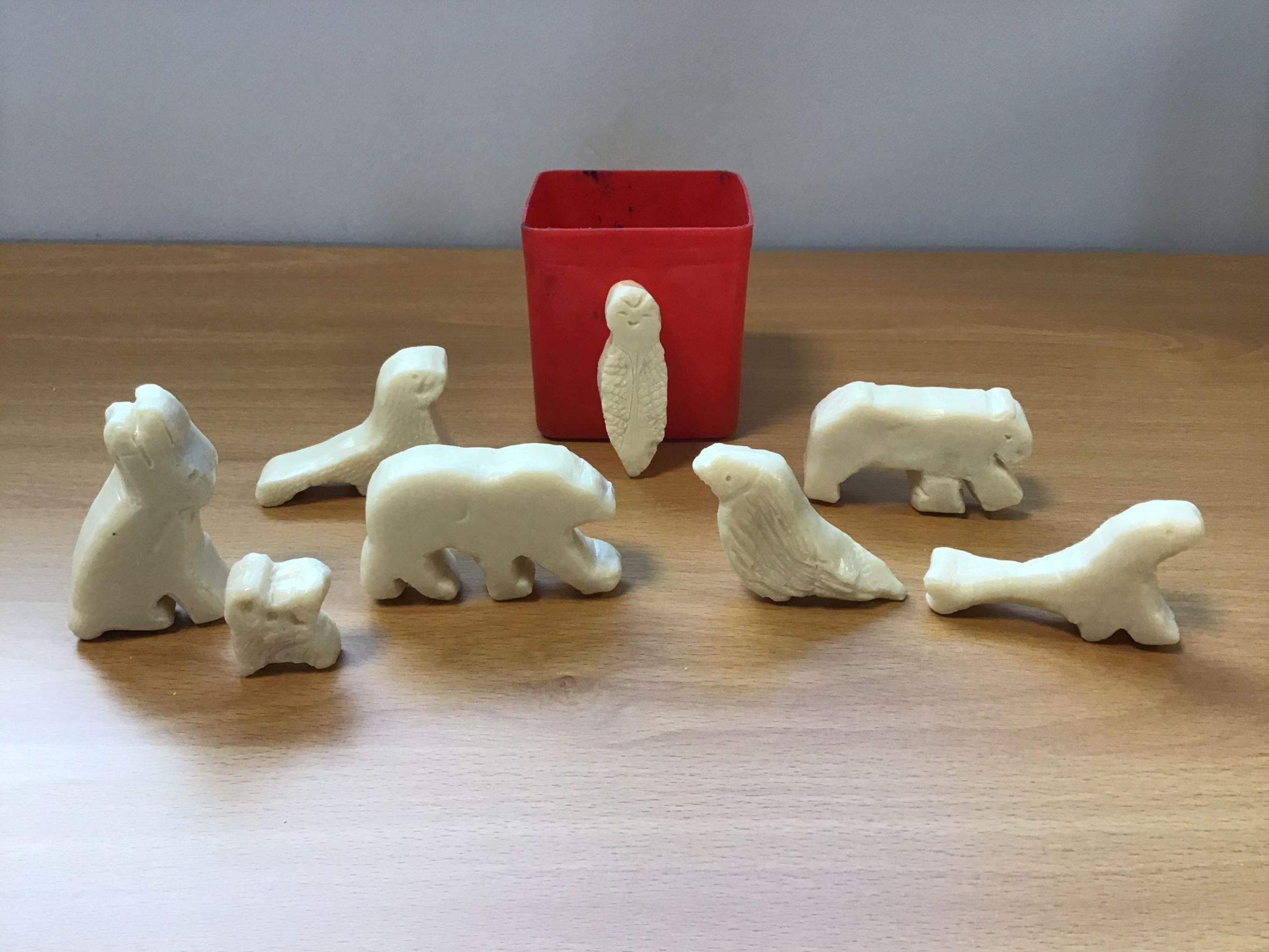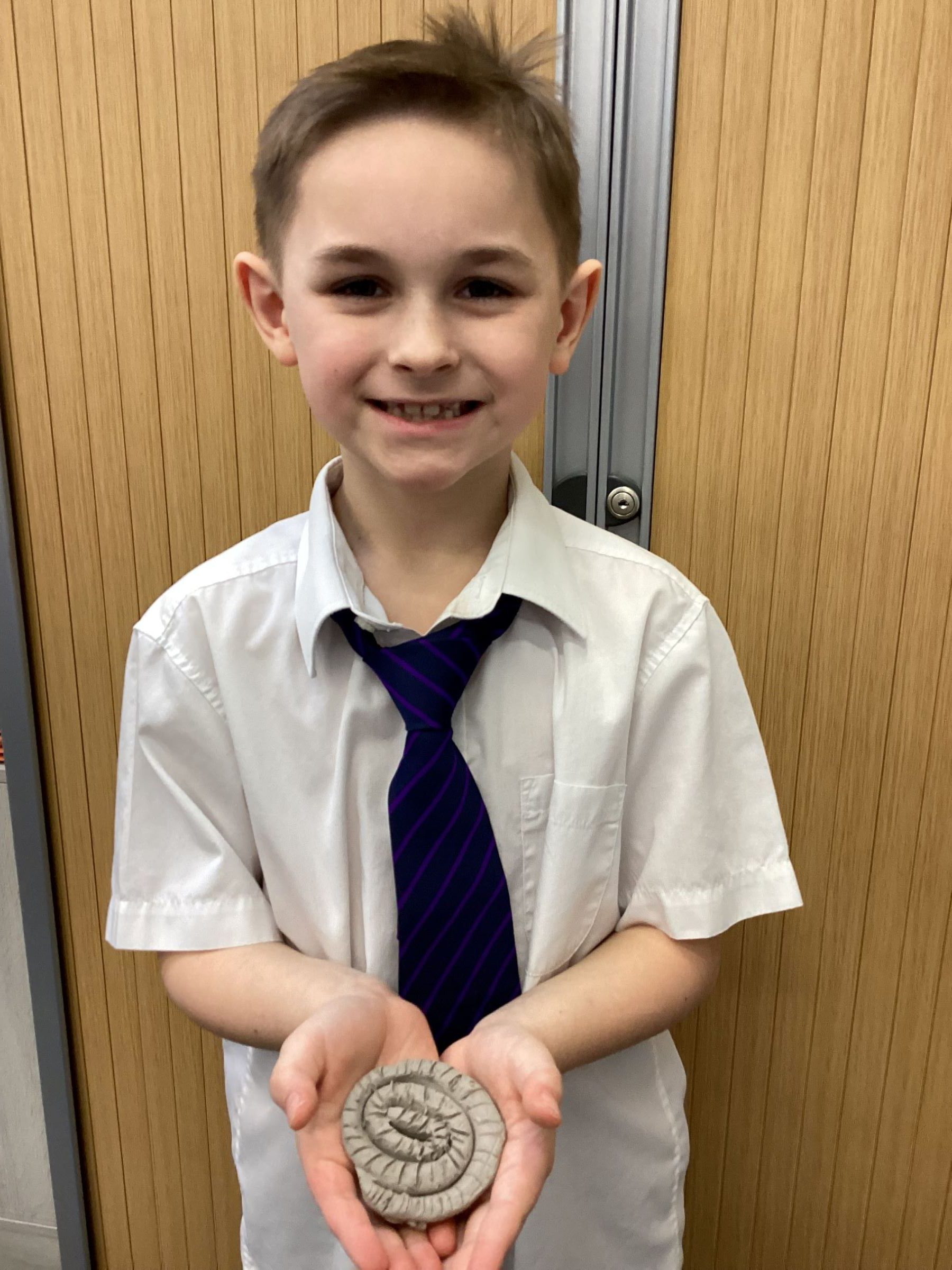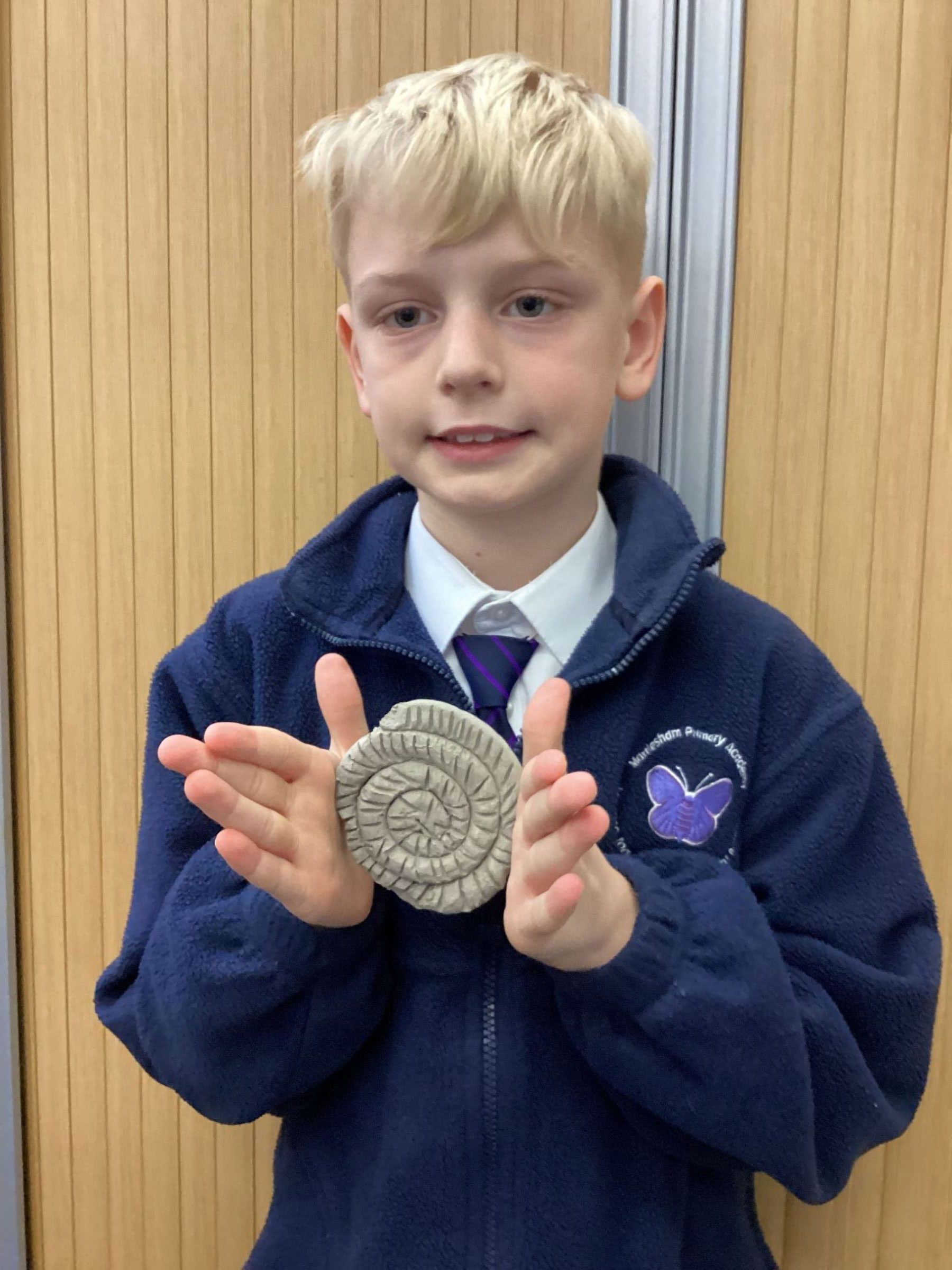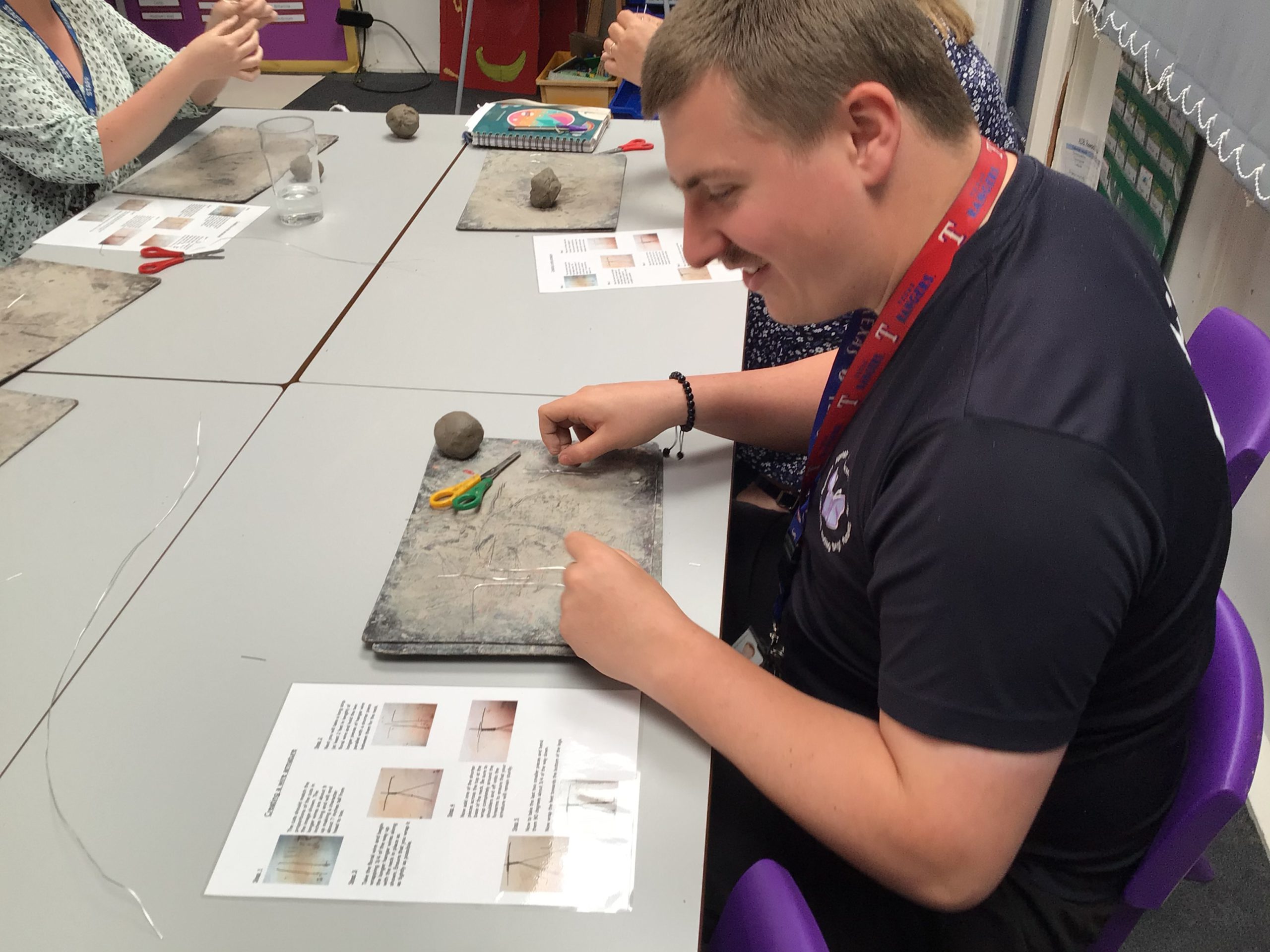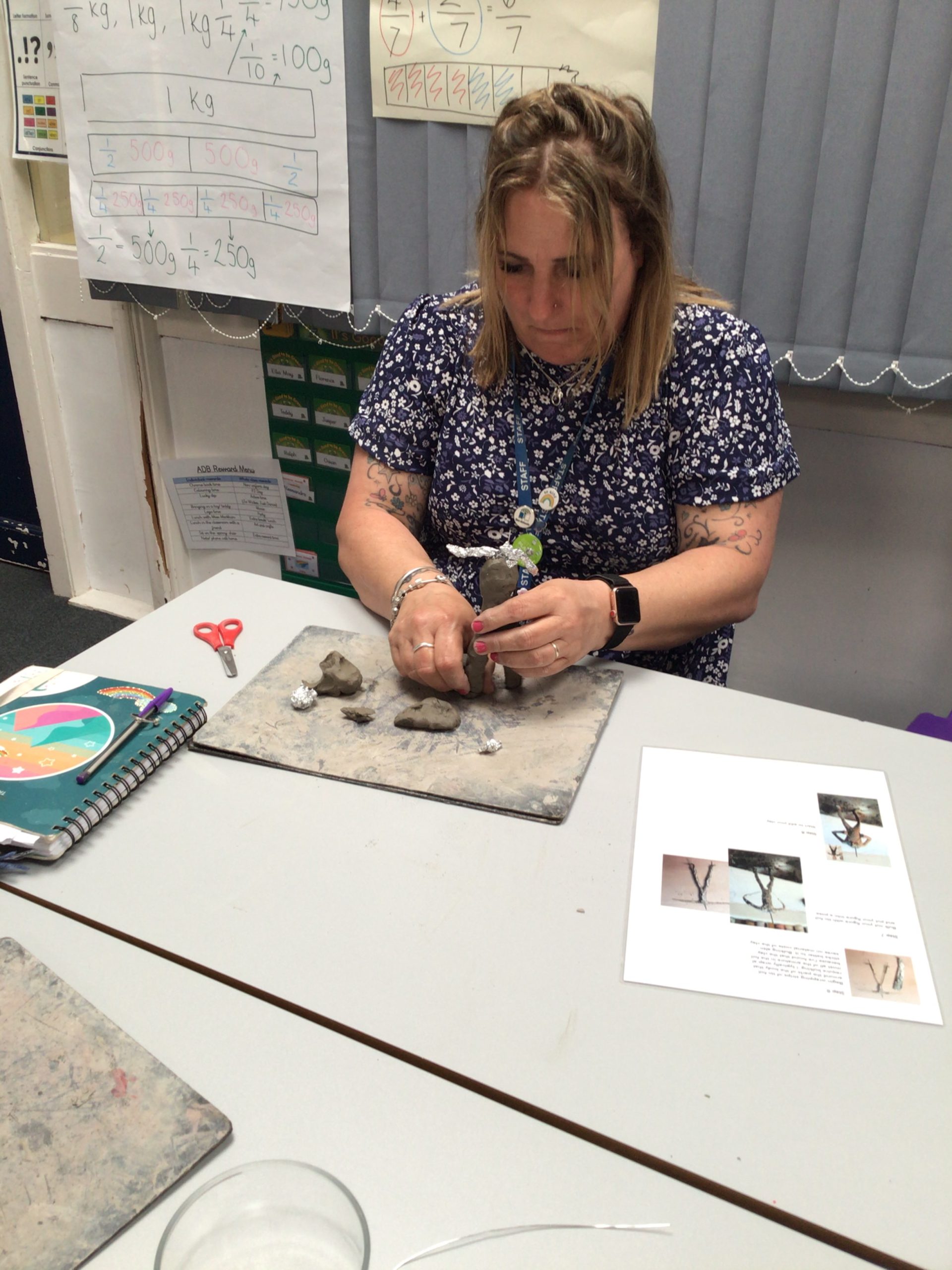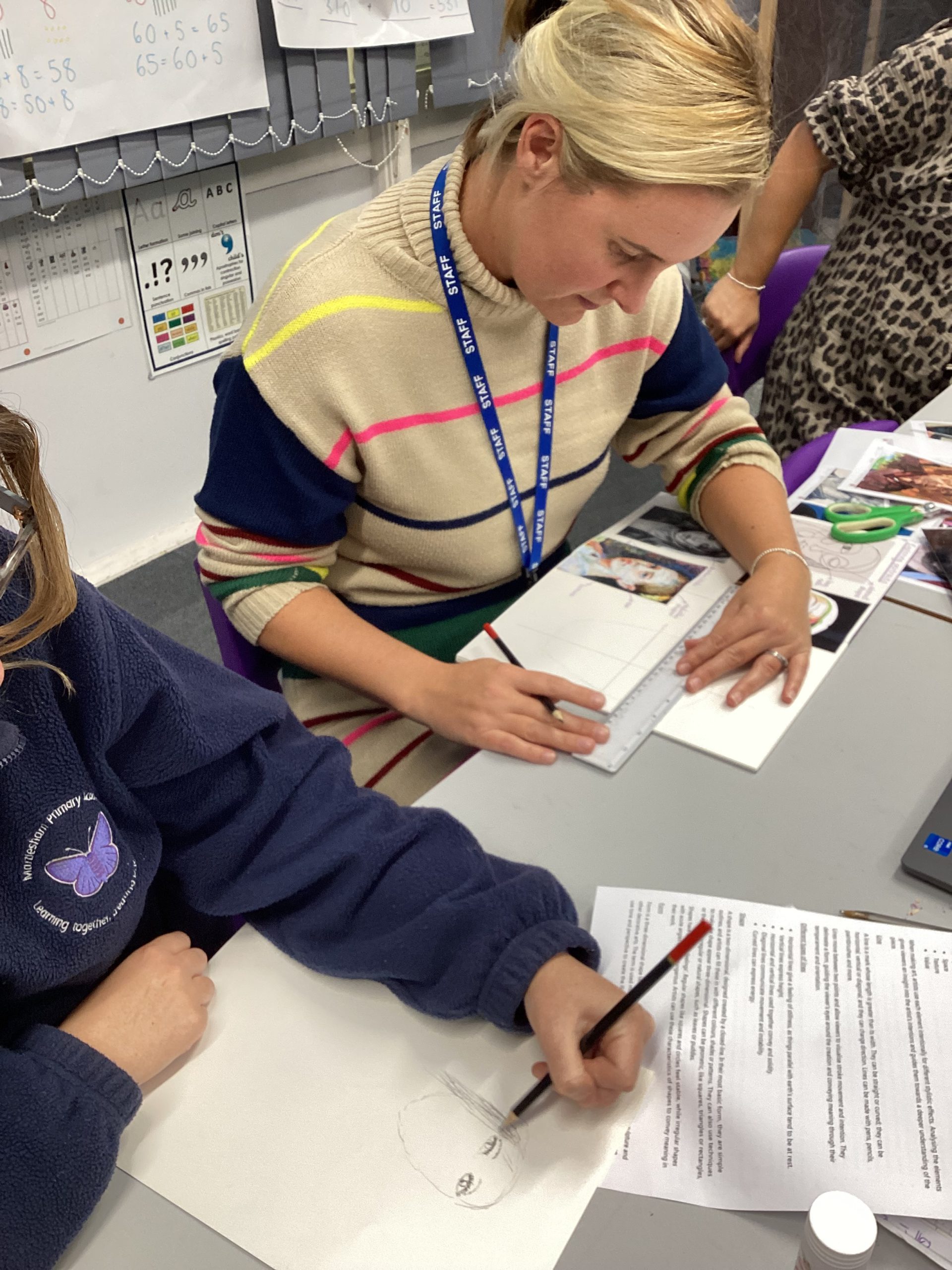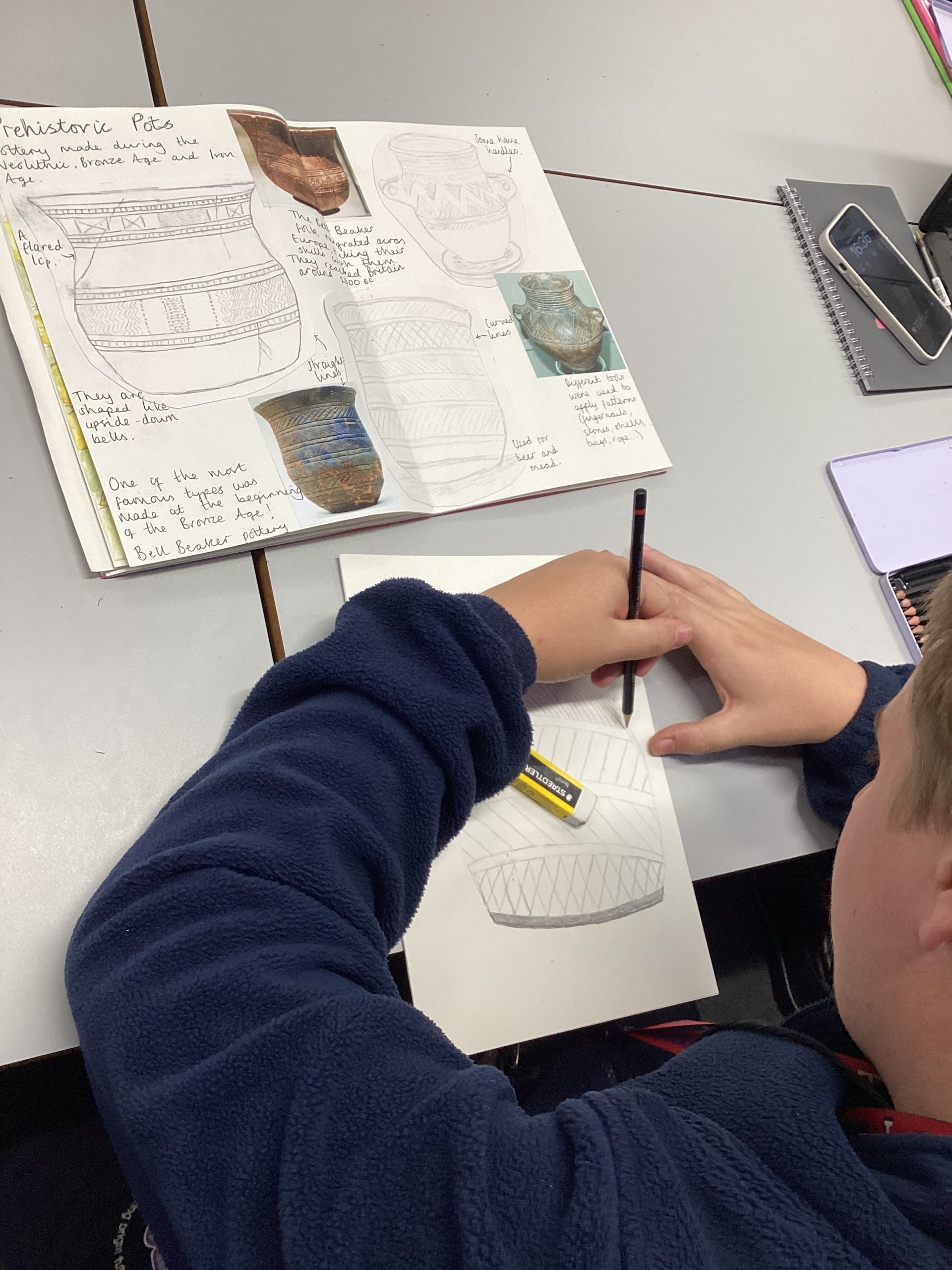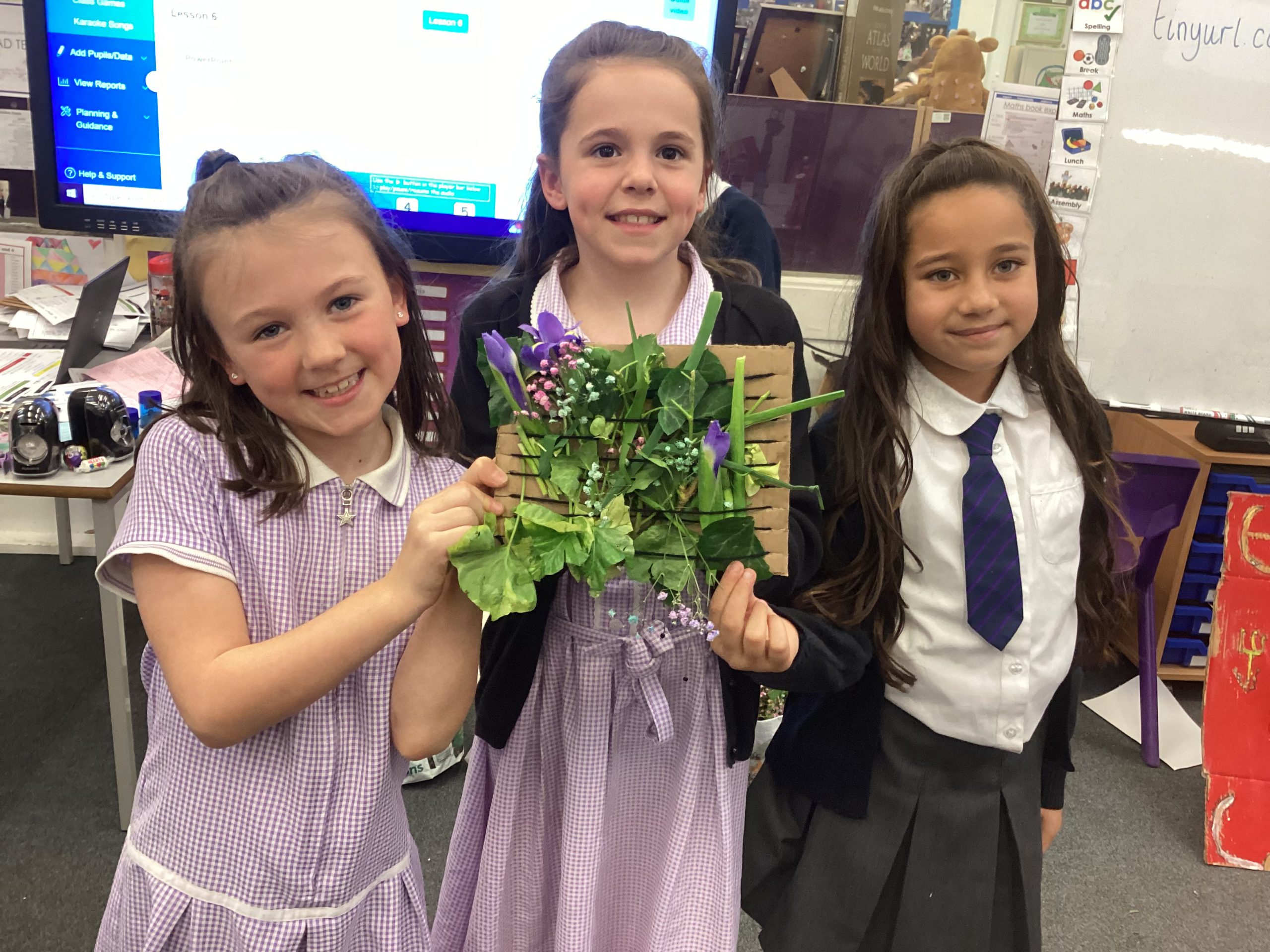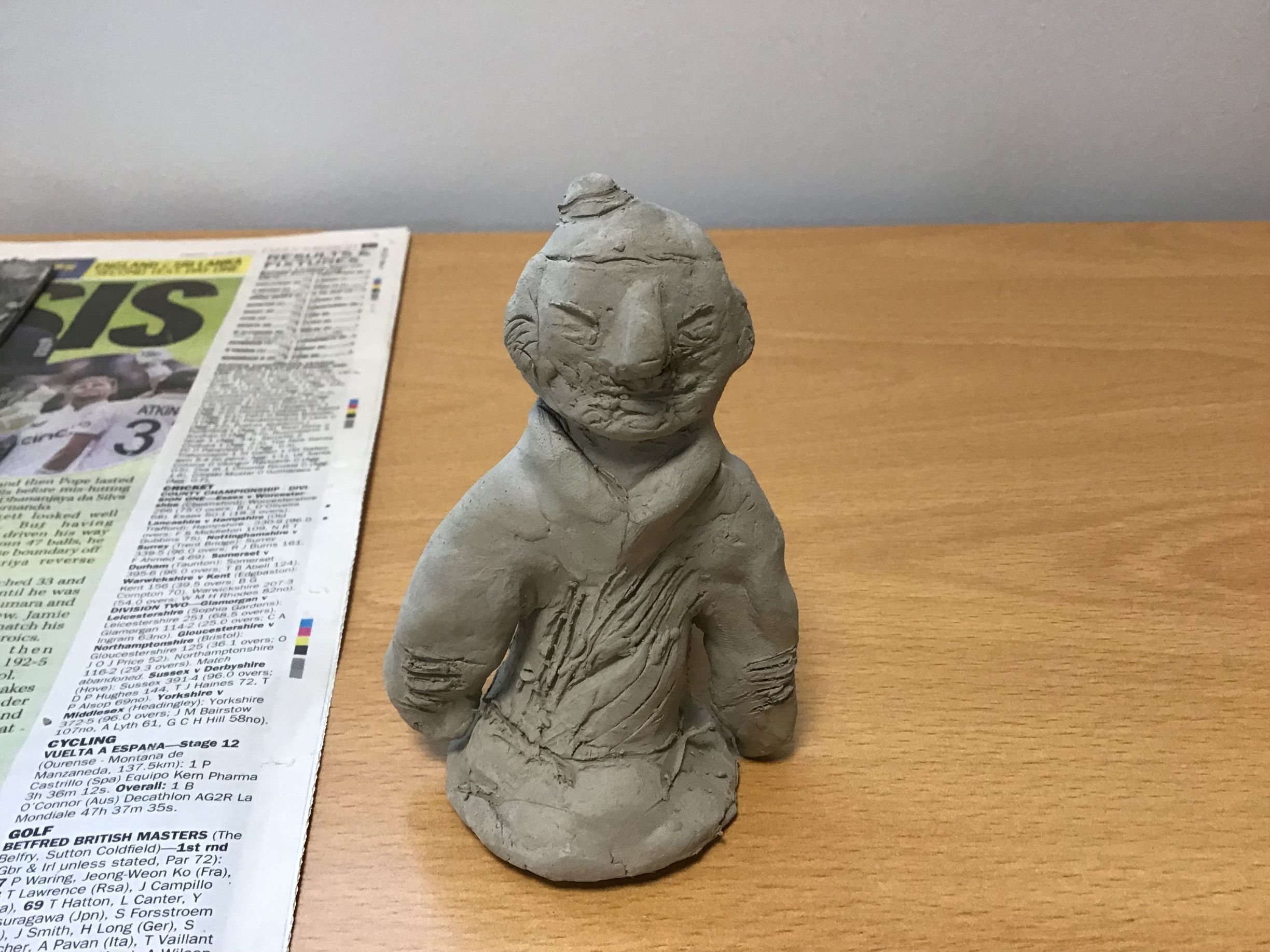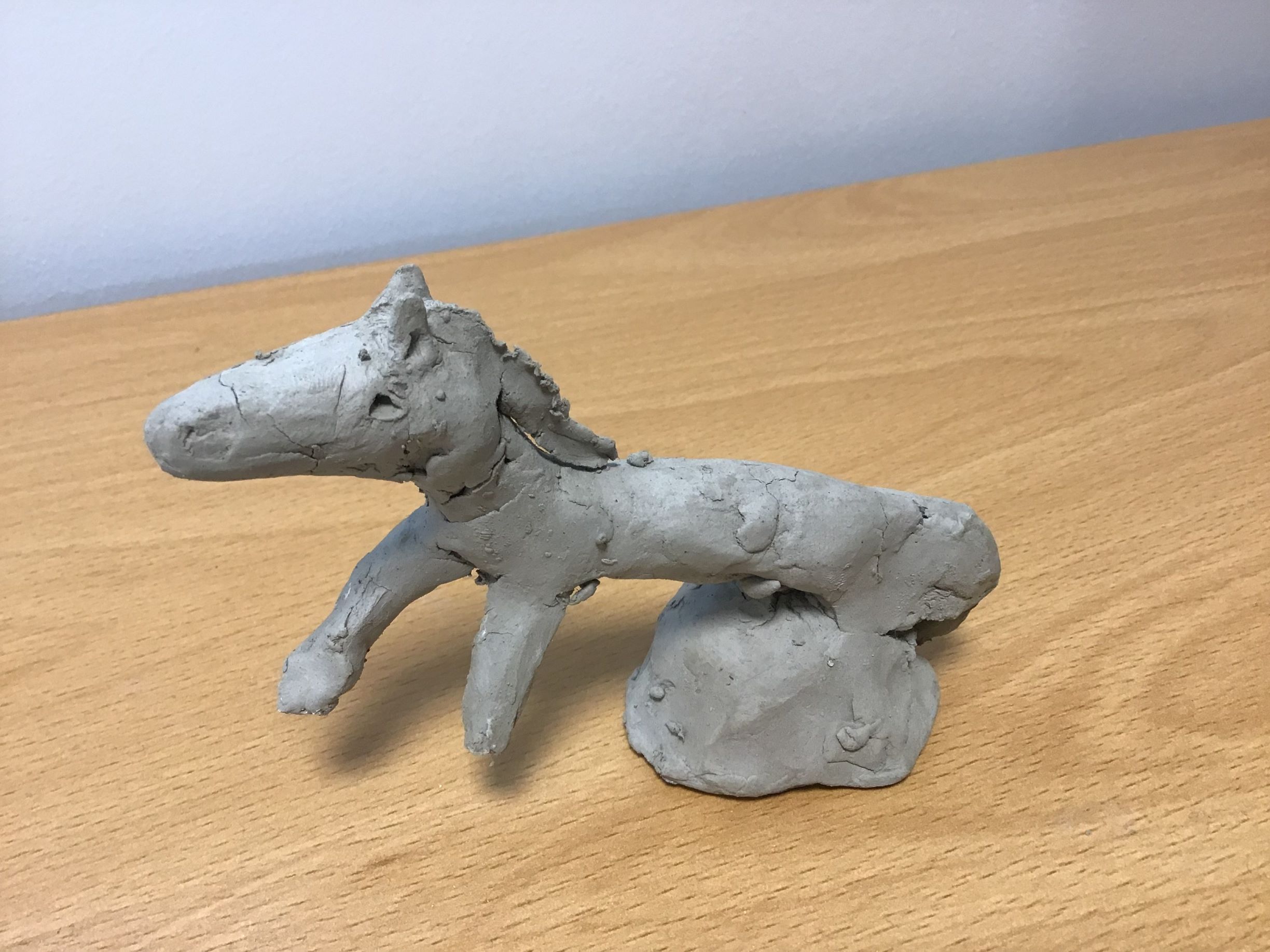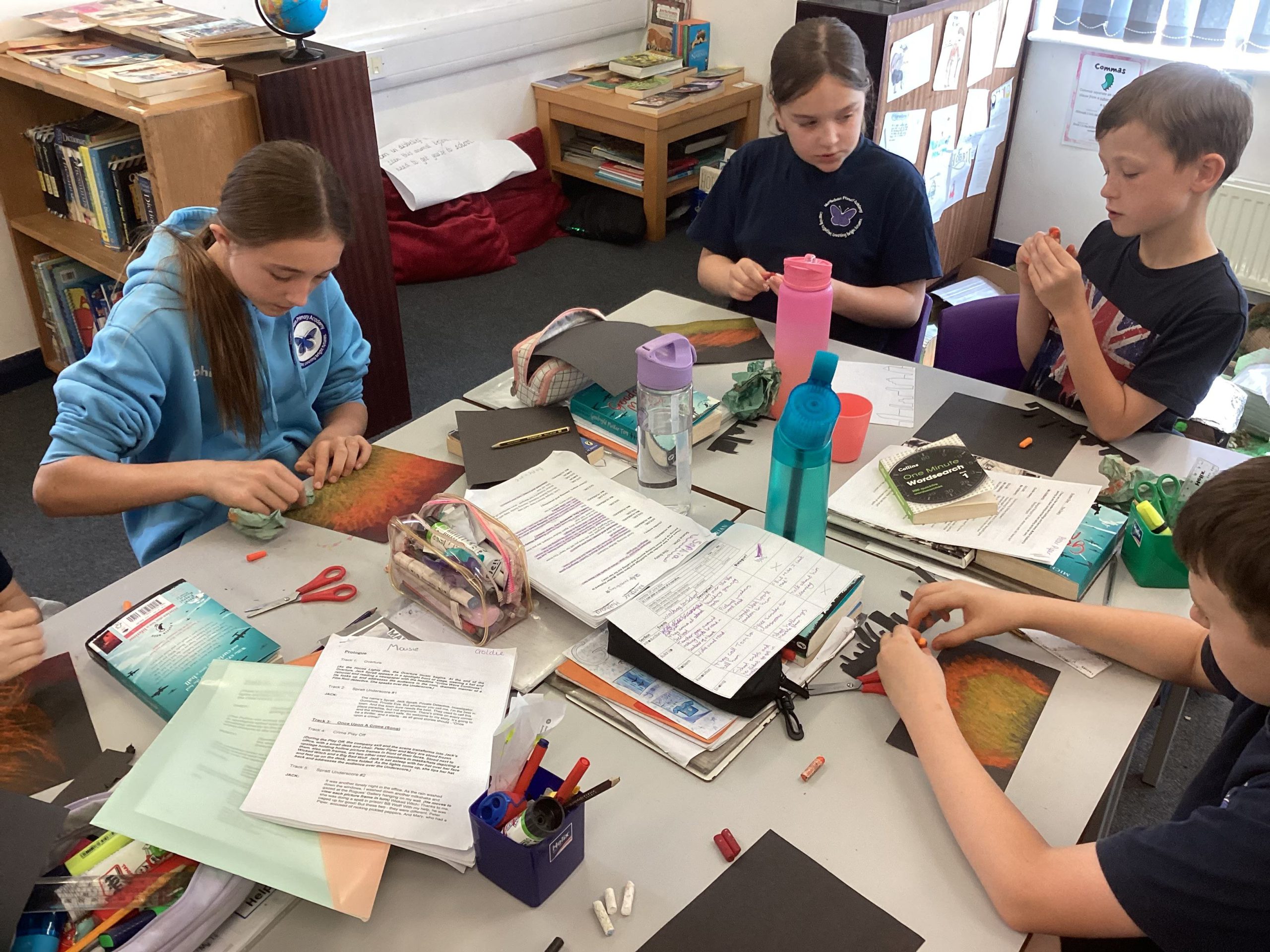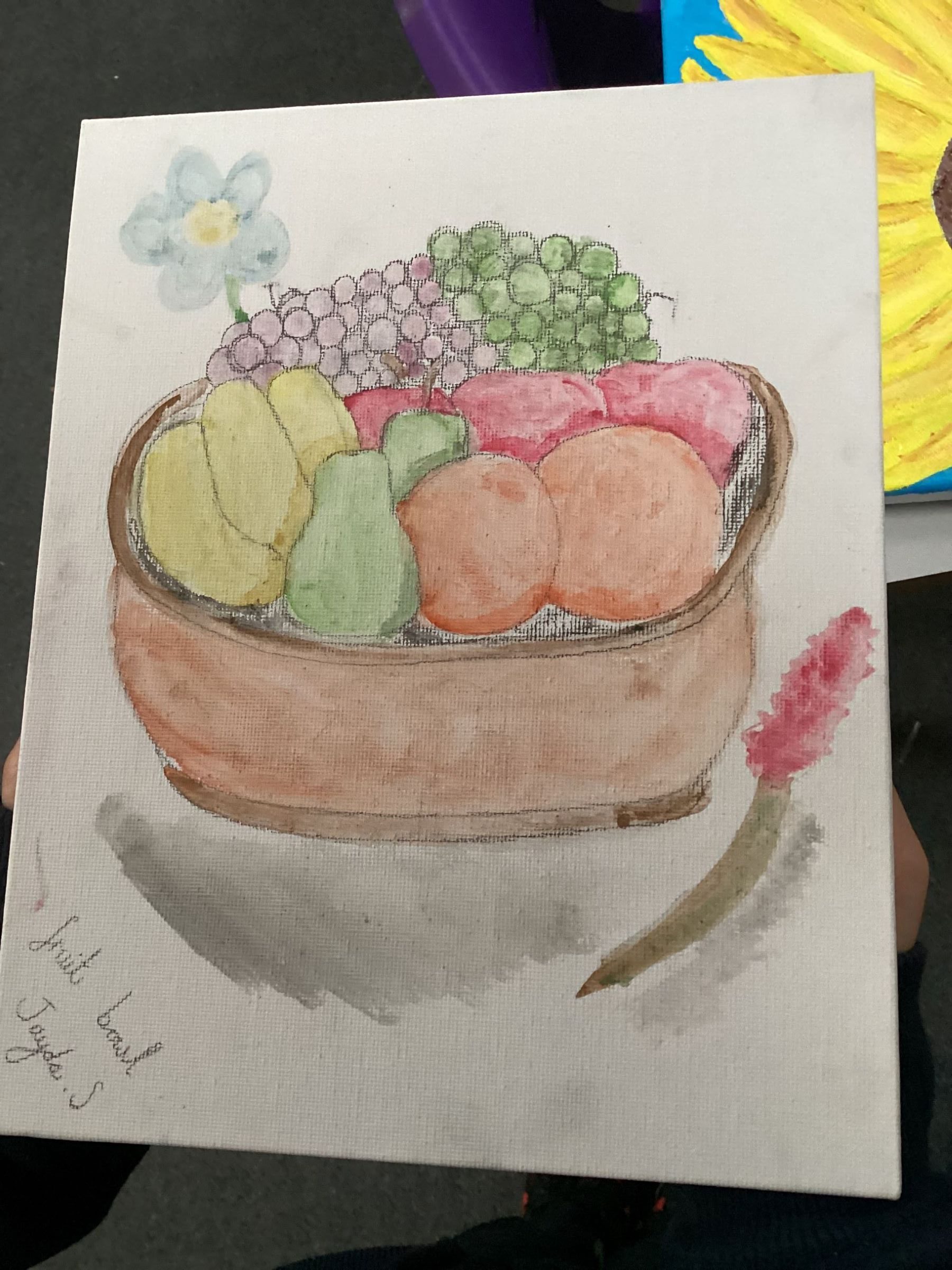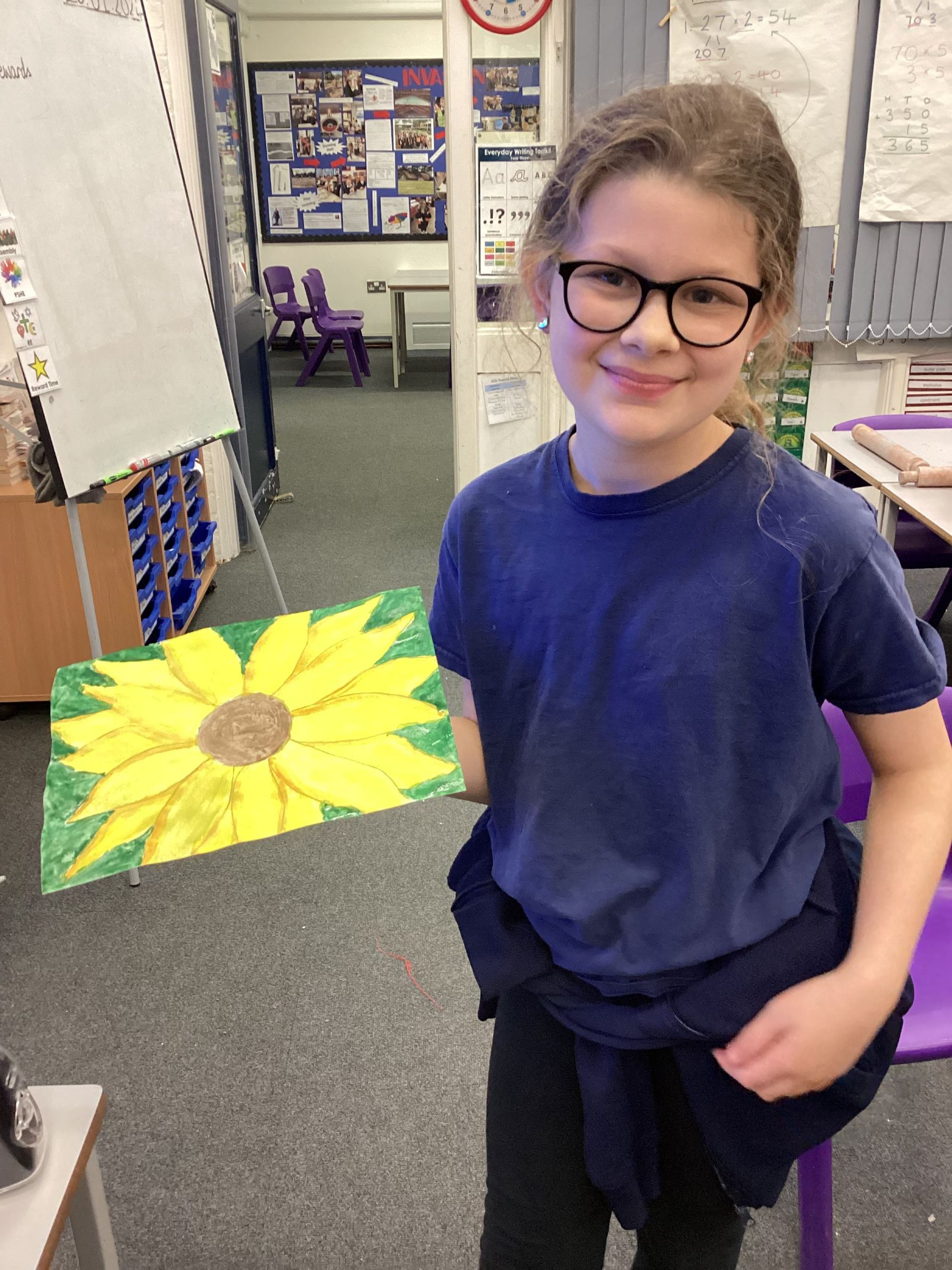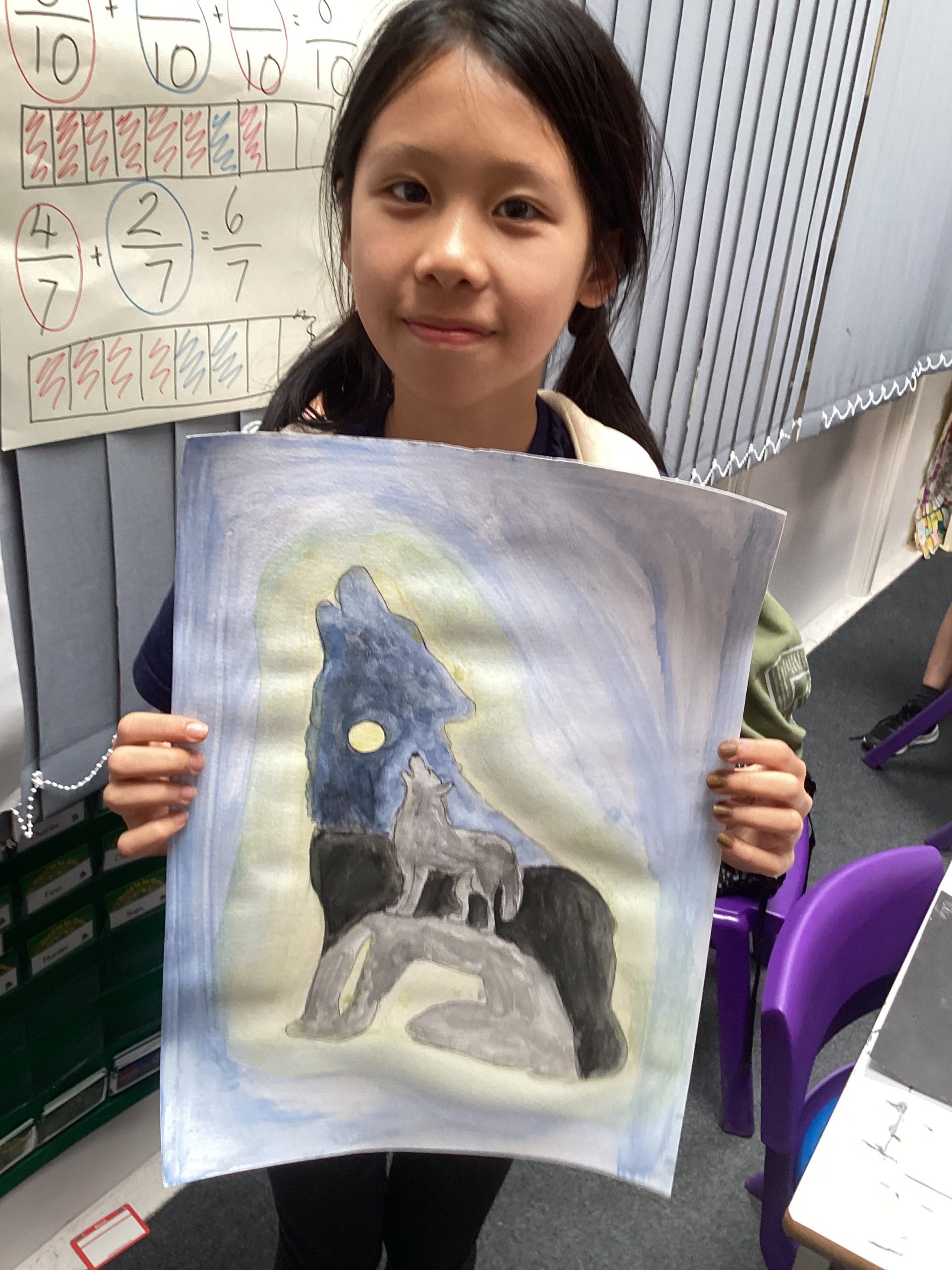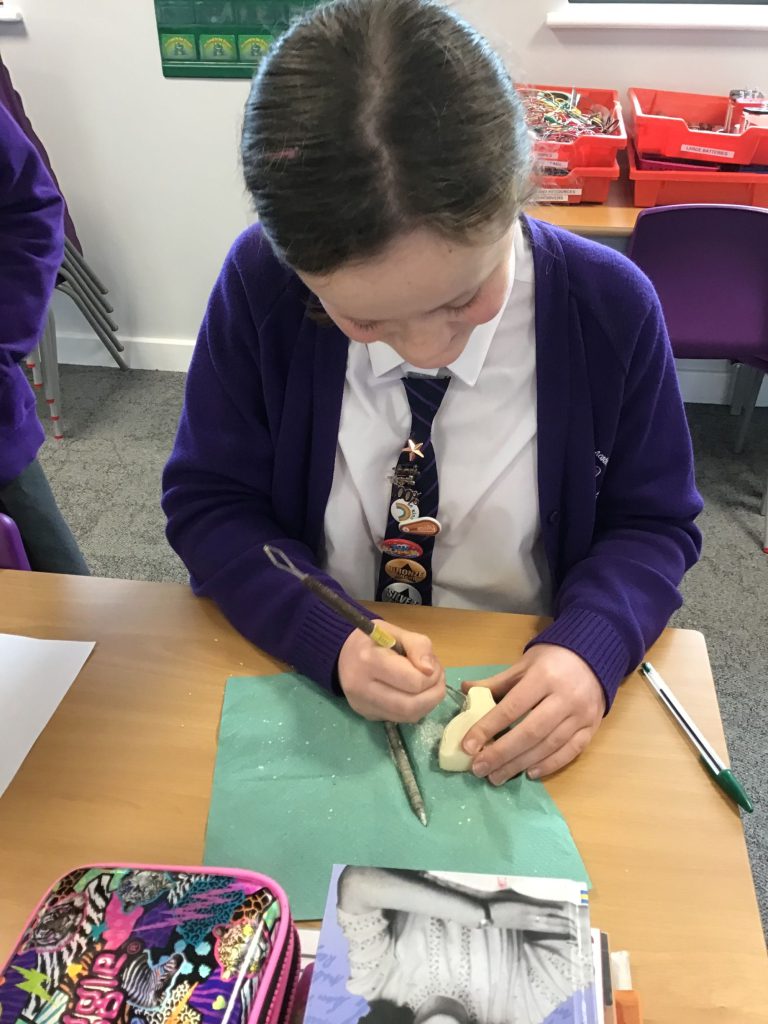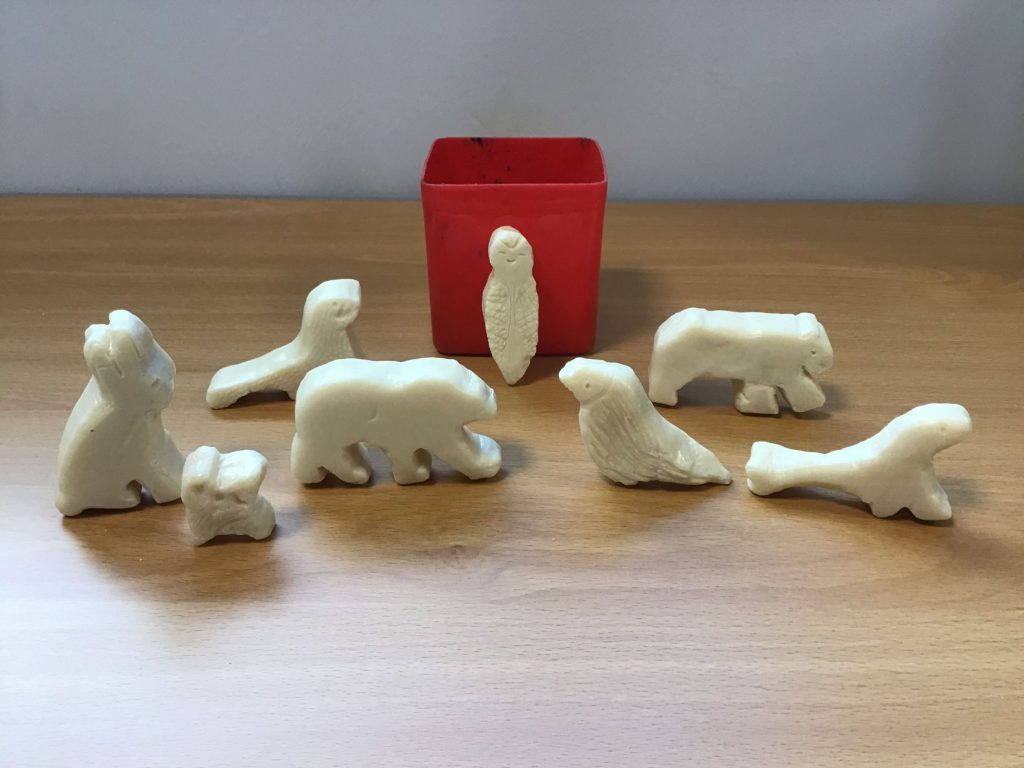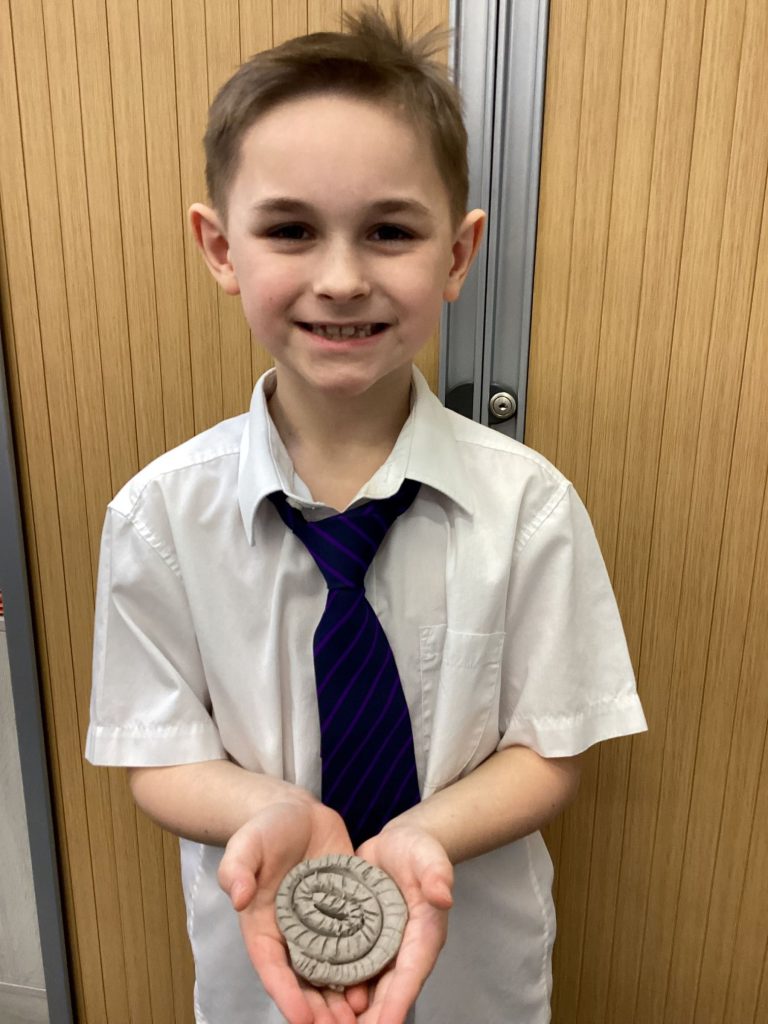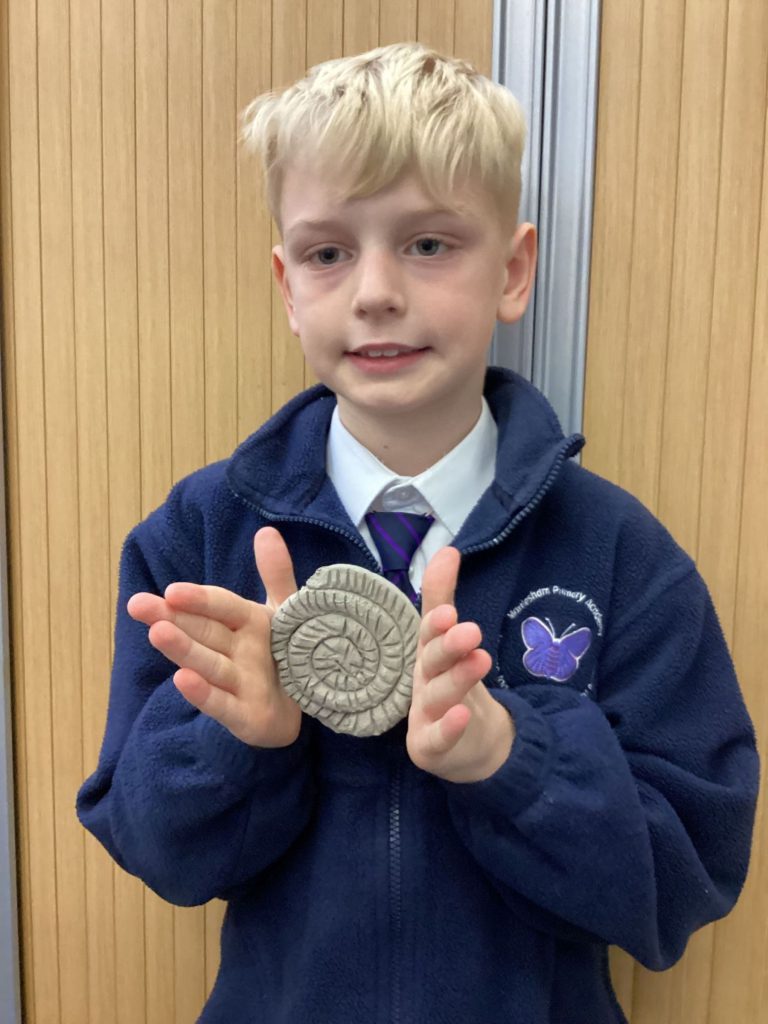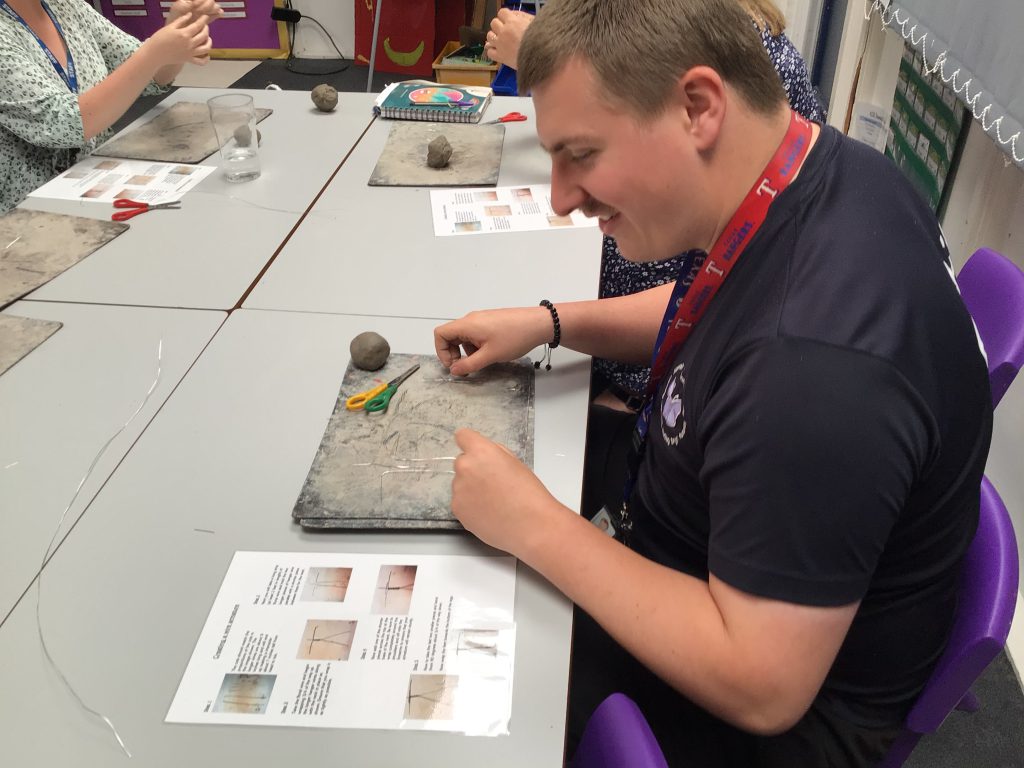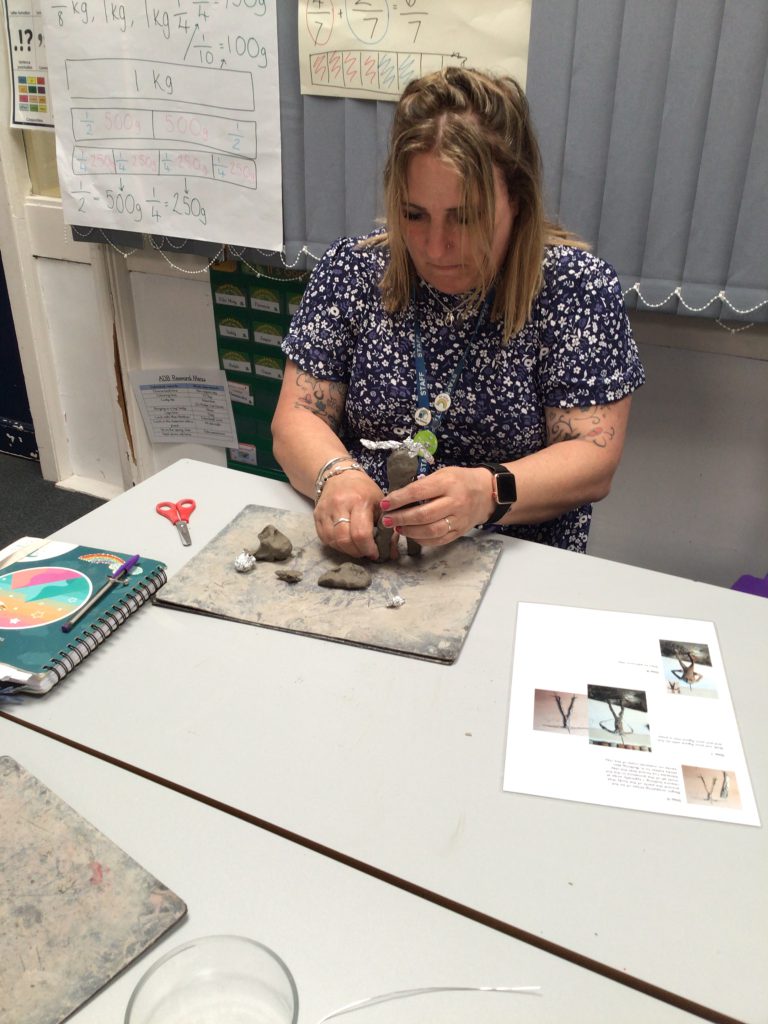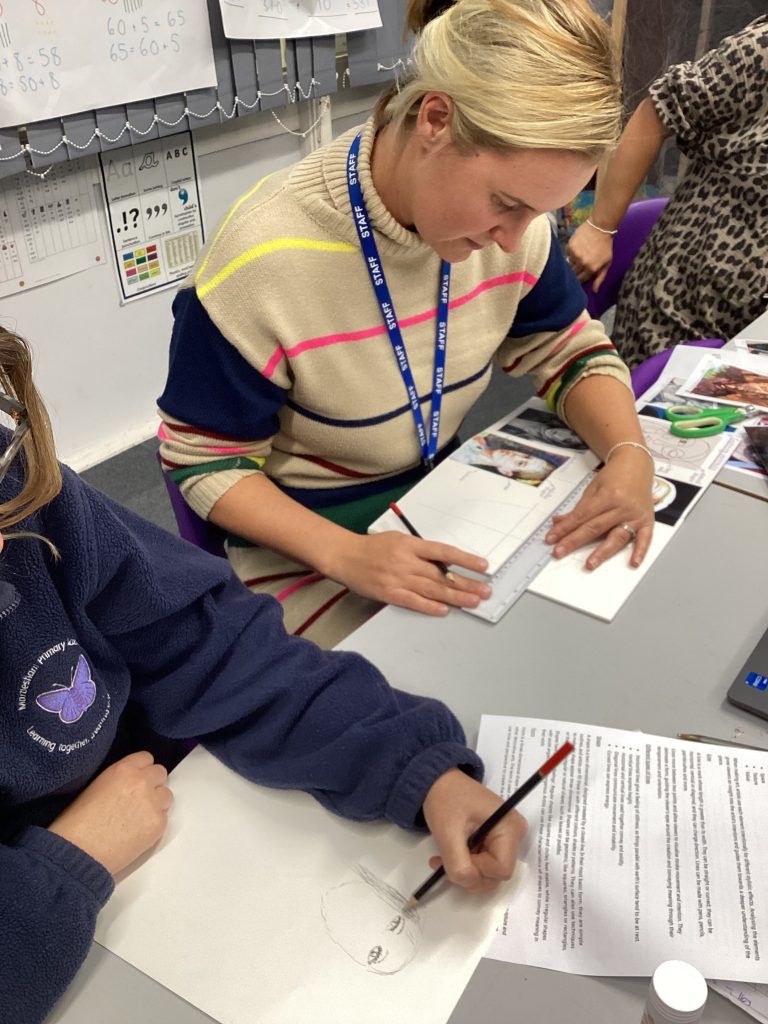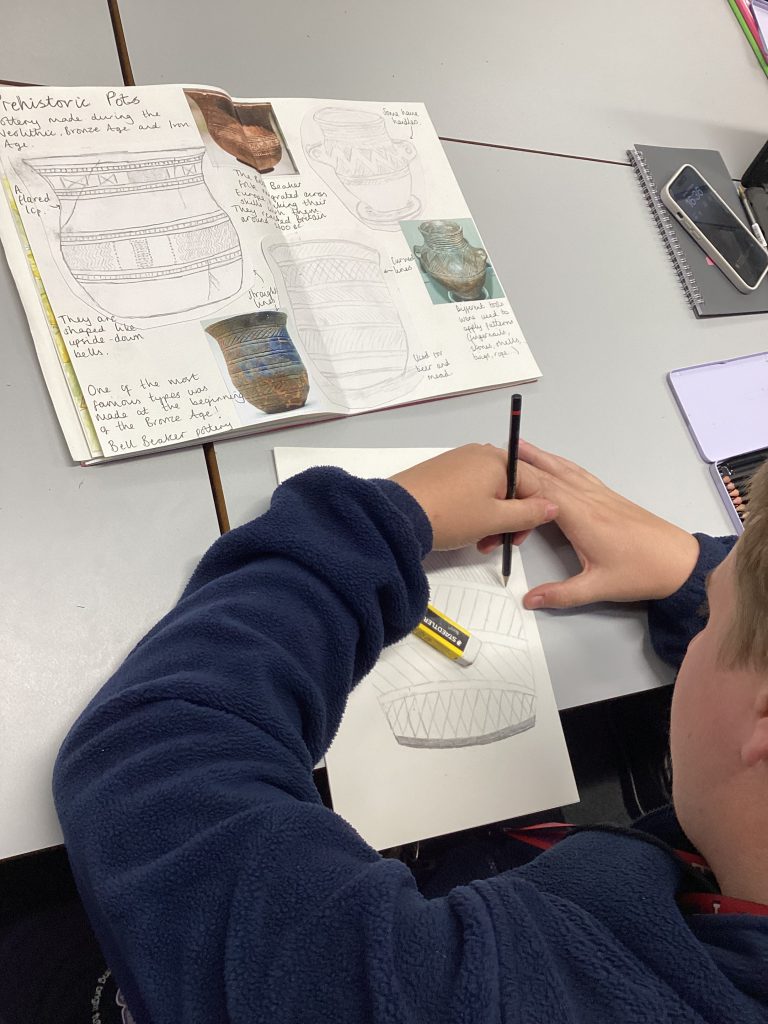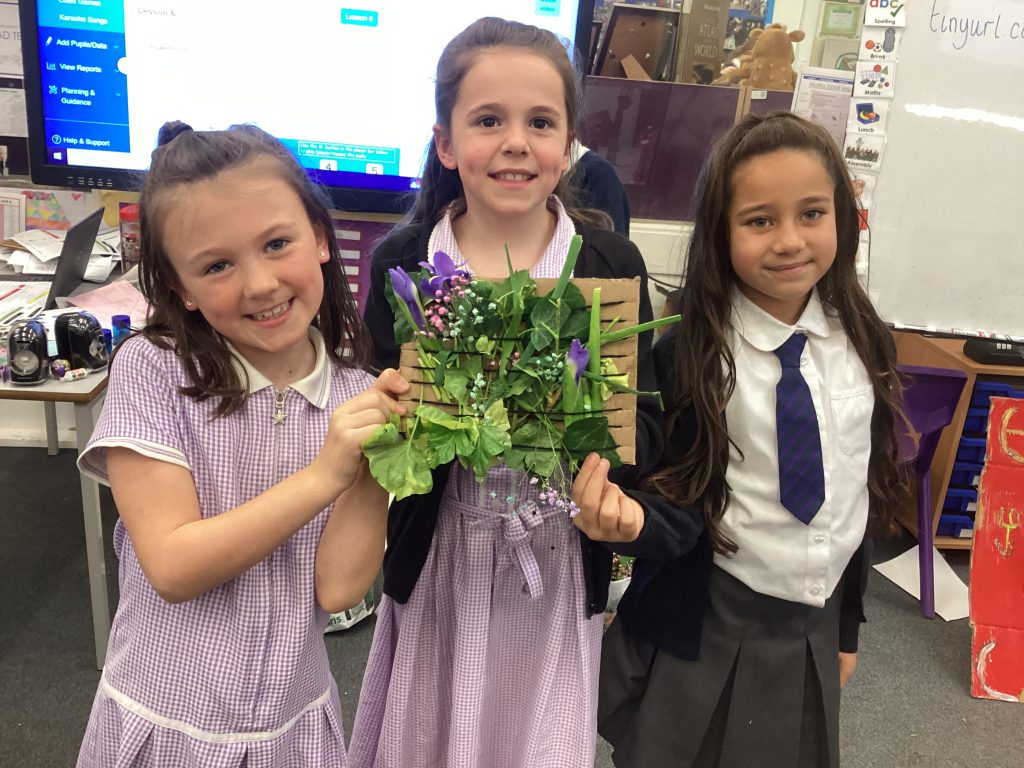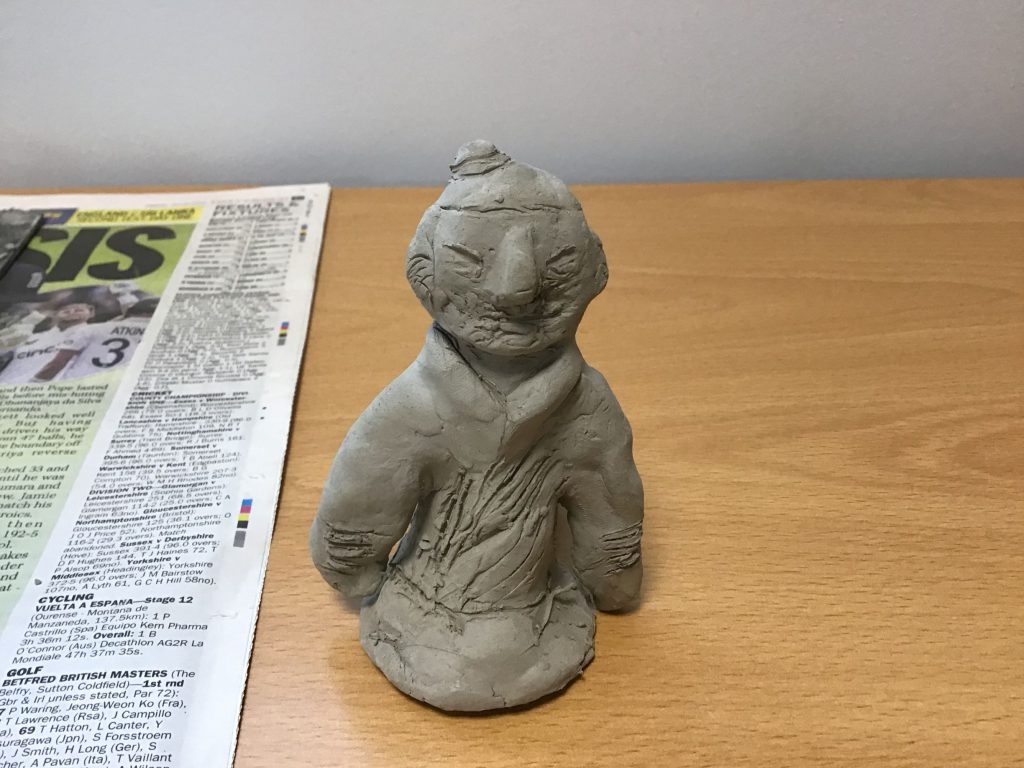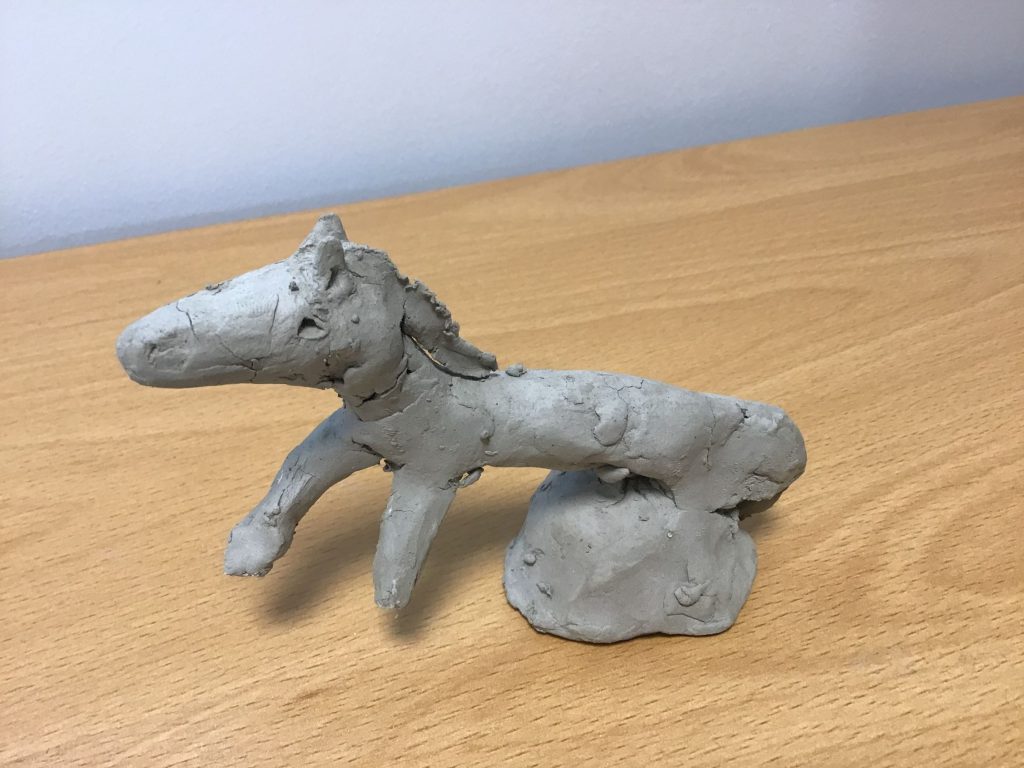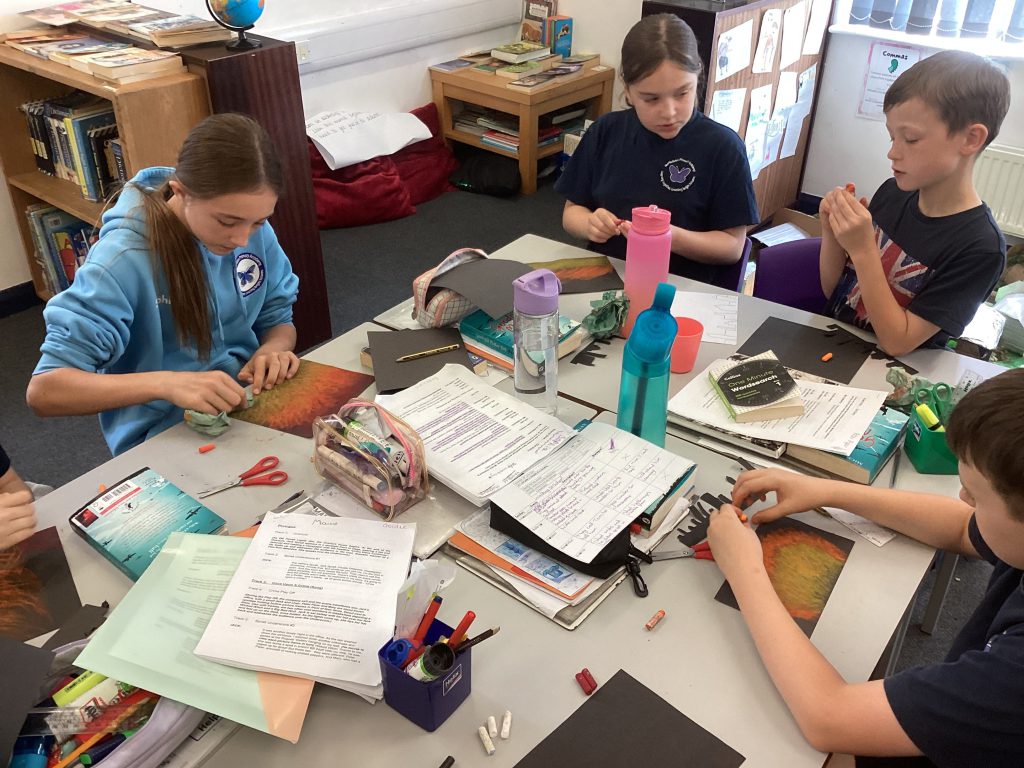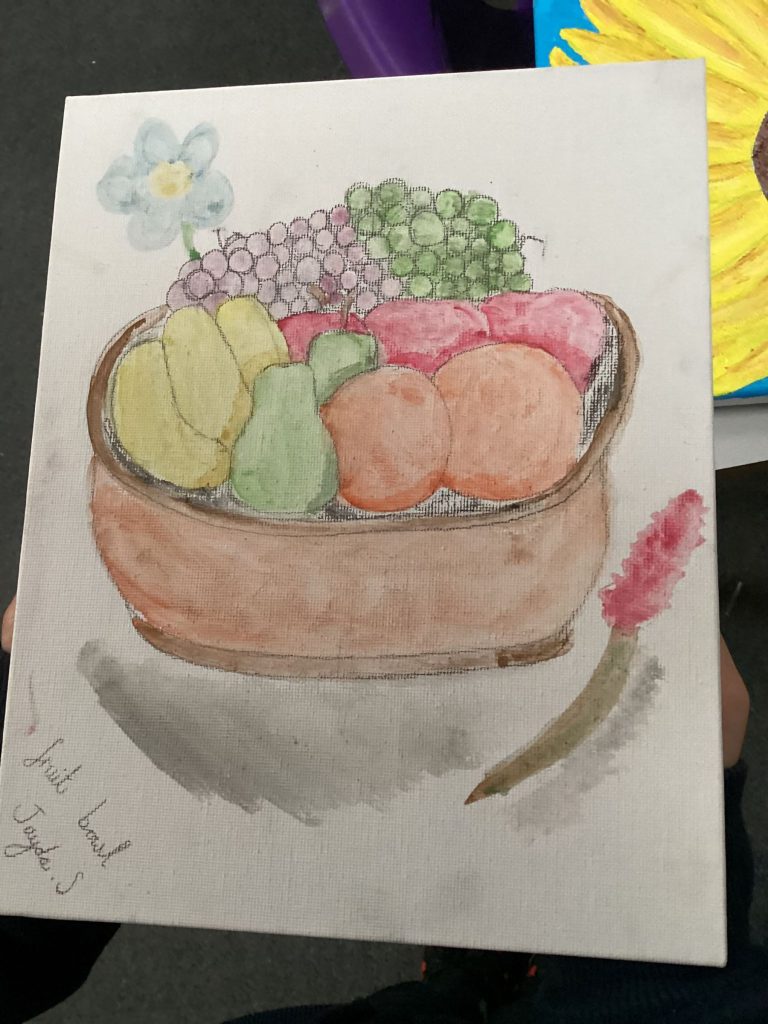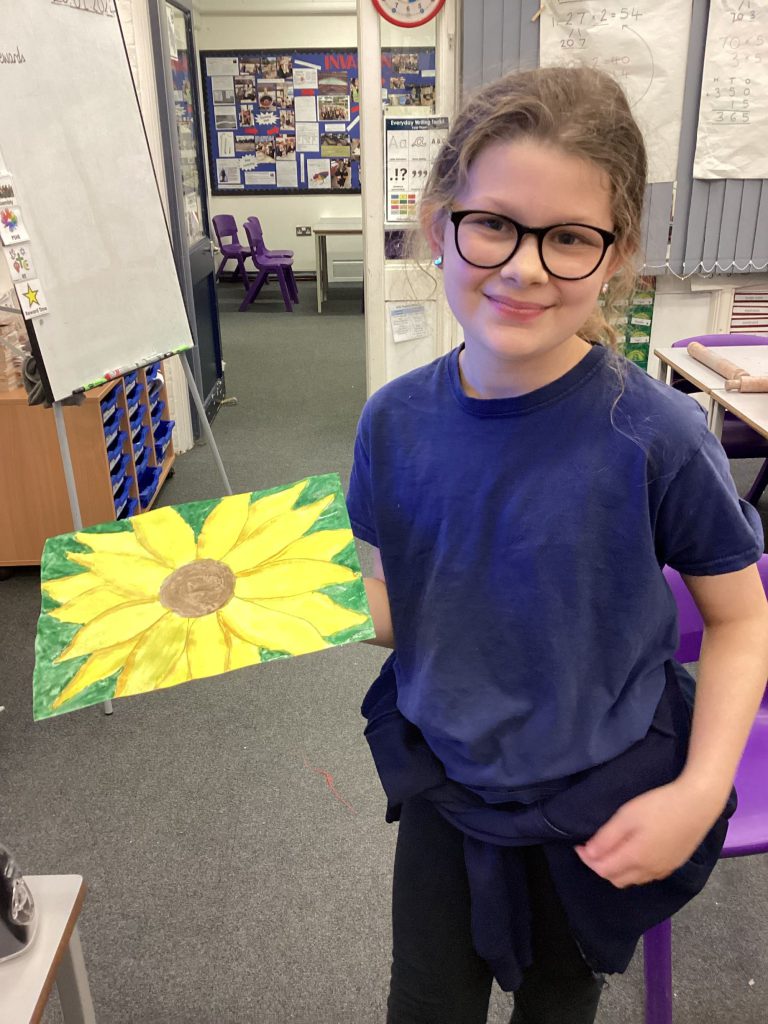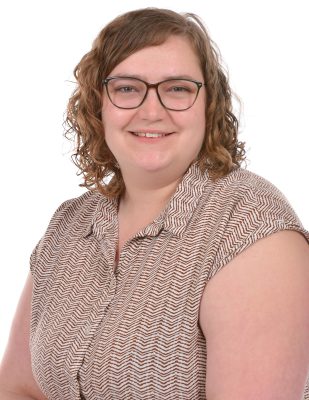
Miss Markham
Art and Design Subject Lead
Intent
At Martlesham Primary Academy, a love of art is nurtured within all. Our imaginative and diverse curriculum enables children to see art’s connection with the wider world. Throughout their time at Martlesham Primary Academy, children have opportunities to explore and experiment with a wide range of materials and techniques providing a solid foundation for their own creative expression. Our goal is to expose our children to a range of influential local and global artists and craft makers from past and present and become more historically, culturally and socially aware. Children explore their own unique ideas and use art as a purposeful form of expression. Through art, children develop their own sense of identity and become reflective artists whilst evaluating and appreciating work using the appropriate artistic vocabulary. Our aim is for children to become confident, independent artists, generating personal artistic outcomes.
Implementation
Where possible, Art and Design will link to our thematic approach to learning. However, to ensure full coverage of the National Curriculum, some art and design will be taught discretely. Teachers use Cornerstones Maestro as a basis for their planning, linked to the long-term and short-term plans set out for the MPA curriculum.
Children are taught a range of skills and knowledge throughout art. They are taught about the work of key artists and designers in history, often using these to influence their own artwork. They are also taught to use a range of techniques using different media, including drawing, painting, collage, printing, textiles and sculpture as well as experimenting with and using colour, shape, form, texture and pattern. Throughout this, students will learn to use equipment safely.
Learning is matched to the different needs of learners enabling all pupils to access the curriculum, with those who may require it, such as SEND or pupil premium groups, are able to access additional or adapted resources.
Evidence of learning is recorded in a way in which is appropriate to the task the child has completed (e.g. in writing, drawing, painting or through photographs). In Years 1-6, children use sketchbooks to record their ideas and to experiment with a range of techniques. Children who are in EYFS have their work recorded on paper or on Tapestry.
Art vocabulary is referred to in lessons, as linked to the short-term planning to ensure progression and sequencing. Teachers will model how to correctly pronounce words and use them in the correct context. Vocabulary understanding is checked at the end of the current lesson but again at the beginning of the next, and revisited in future lessons, units and year groups to embed this into the children’s long-term memory.
Children in Key Stage 2 will have a day each year with our Artist in Residence, Astra. The aim of this is to inspire the children by working with a local professional artist who teaches them skills and knowledge surrounding their current unit of work, as discussed with the teacher, and linked to the progressions which have been set out in the MPA curriculum.
Impact
The Art and Design subject lead regularly checks that teaching approaches match the intended curriculum goals for pupils, as well as following the progression of knowledge and skills which are laid out within the MPA curriculum. The sequencing of lessons supports and promotes progress for all children and teachers check what pupils know in their Art and Design lessons, through teaching, discussion and through feedback.
Teachers assess the children on Cornerstones against the knowledge and skills which have been covered in each lesson. This is completed after each lesson has been taught. Evidence will be collated from teacher assessment, sketchbooks and pupil voice to inform these assessments. This will track the children’s progress against age-related expectations for Art and Design.
In the term where Art and Design is a focus subject (to support workload for subject leaders), the Art and Design subject leader will use a range of methods to evaluate the strengths and development areas, including pupil voice, learning walks and book looks. They will also identify any CPD needs within Art and Design, which may include team teaching, modelled lessons for teachers or whole teaching staff CPD within a staff meeting. The aim of this, as well as having the artist in residence to teach particular skills, is to give staff the skills they need to be confident to teach and promote the subject. Furthermore, the subject leader will analyse assessment data to identify any areas of the art curriculum which are not as strong within the school and address these in the ways stated above. The Art and Design subject lead carries out an annual resources audit and staff can request specific resources which will aid the implementation of the curriculum.
Wider and Extra Curricular Opportunities
- Art Club for Key Stage 2 children for an hour a week with the Art and Design subject lead.
- 11 Before 11 – Create Something Amazing. This is completed by Year 1 children each year and has included making willow sculptures to display around the school.
Art Progression Documents
